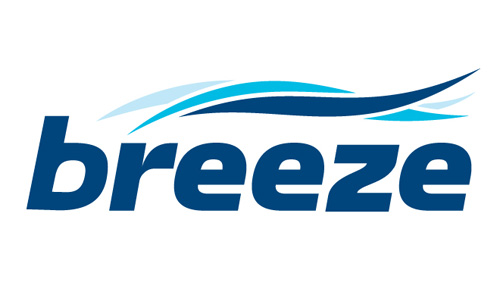market leading air dispersion modeling software
BREEZE® is used around the world by nearly 4,000 users in more than 70 countries. BREEZE offers modelling software for fire, explosion, air toxics, human health risk assessment and environmental noise. BREEZE also supplies meteorological data and geophysical data of many locations worldwide.
SECS is the authorized reseller of BREEZE software in Singapore, and we are pleased to introduce these modules which are based on US EPA approved models:
why breeze?
BREEZE’s easy-to-use visual desktop offers direct access to entering data, running the model, and generating graphics. The visual desktop offers the ability to edit and visualize model data as you create a project.
BREEZE features CAD-like drawing tools that make it easy to edit, move, and delete sources, grids, discrete receptors, hills, and buildings. You can view model input data in 2D, 3D, or both. Intuitive forms and table views of data also provide for easy data entry and customization of units.
Naturally, BREEZE software is the preferred choice for Professional Air Modellers.
AERMOD
AERMOD – the new generation air quality modeling system used to support both regulatory and non-regulatory modeling requirements worldwide. Since 2006, the US EPA has replaced ISCST3 with AERMOD.
BREEZE Risk Analyst
BREEZE Risk Analyst is an advanced risk assessment software system designed to perform human health assessment modeling. BREEZE Risk Analyst is a highly flexible and expandable GIS-based analysis platform for conducting multi-pathway human health risk assessments.
BREEZE LFG Fire/RISK
BREEZE LFG Fire/Risk analyzes the potential risks associated with release of liquefied fuel gas (LFG) and liquefied natural gas (LNG) from a vessel or pipeline failure as required for regulatory compliance and safety operations. This product also enables the predication of the vaporization rate and downwind vapor concentrations for explosion hazards and thermal radiation for the resulting fires. LFG Fire/Risk contains Source5, DEGADIS, and fire models, as well as an intuitive interface that guides users through entering the required and optional inputs.
CALPUFF
CALPUFF – is a multi-layer, multi-species, non-steady-state puff dispersion model, which can simulate the effects of time and space-varying meteorological conditions on pollutant transport, transformation, and removal.
CALPUFF can use the three-dimensional meteorological fields developed by the CALMET model or single station winds in a format consistent with the meteorological files used to drive the Industrial Source Complex Short-term version 3 (ISCST3) steady-state Gaussian model.
BREEZE Explosion Damage
ExDAM (Explosion Damage & Injury Assessment Model) is a unique, efficient 3D explosion consequence modeling suite that allows users to compute injury and damage resulting from the detonation of high explosive and vapor cloud explosions. BREEZE ExDAM contains the High Explosive Damage Assessment Model (HExDAM) and Vapor Cloud Explosion Damage Assessment Model (VExDAM). These numerical models provide a fact and accurate means to calculate structure damage and personnel injury due to over-pressure (OP), dynamic pressure (DP), and impulse (IP) distributions.
BREEZE Incident Analyst
BREEZE Incident Analyst is a comprehensive tool for accidental chemical release hazard and consequence modeling. Featuring industry-standard toxic dispersion, fire, and explosion models that have been developed by U.S. government, military, and industry groups, Incident Analyst provides a robust capability to evaluate the threats posed by accidental hazardous chemical releases. Whether modeling for facility design/safety improvement purposes, a U.S. EPA Risk Management Program Offsite Consequence Analysis, real-time assessment of hazards in emergency
Interested to know more about BREEZE software or to purchase one?
Contact us at marketing@secs.sg for a brief introduction of BREEZE software, its capabilities and key strengths.
We can help you to decide:
1. Which model is most suitable for your application?
2. What training you may require?
3. How we can support you?
4. How to purchase or update your BREEZE software?
5. What are the other meteorological or terrain data you may need for modelling?







